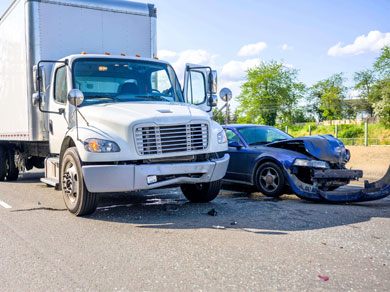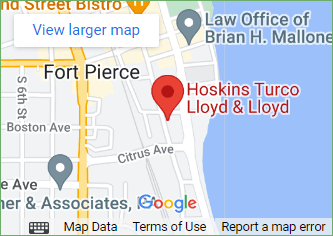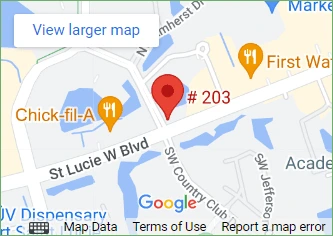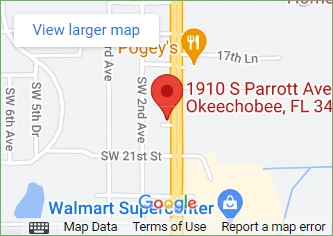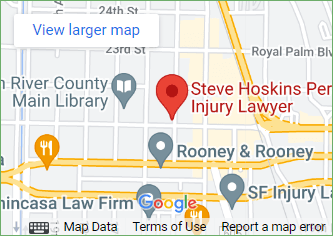Auto Accident Settlement
How Do I Handle a Carriage Underride Crash with a Semi-Truck
A carriage underride accident occurs when a smaller vehicle becomes wedged underneath a taller vehicle. This occurs most often when a car becomes trapped underneath a semi truck’s trailer. However, motorcycles and small cars can also slide underneath a taller vehicle such as an SUV during an accident.
This type of accident can have dire consequences due to the height of each vehicle and where occupants are situated. The tractor’s trailer is about head-level with the occupants of a standard vehicle. If the car is wedged far enough under the trailer, severe head trauma is almost always the result. Find answers to common questions surrounding truck underride collisions and what to do if you’re involved in one.
What are Common Causes of Carriage Underride Accidents?
There are many different factors that come into play when two vehicles of considerable size difference collide. Carriage underride accidents can be caused by any combination of the following:
- Trucks merging lanes without seeing a car in the next lane.
- Either the truck or another vehicle running a red light or stop sign.
- The truck is making a right turn and a car is situated on the right side.
- The truck stops suddenly and the car behind it can’t stop fast enough.
- The trailer jackknifes, blocking the road.
Contributing factors to these scenarios can include the following. Either or both drivers may be less apt to drive because of:
- Speeding
- Congested traffic
- The height of the trailer
- Driving while intoxicated
- Mechanical malfunction
- Drowsy or distracted driving
- Weather and environmental conditions
- Uneven weight distribution on the truck
- Hazards or unexpected changes in the road
What are the Typical Injuries After a Carriage Underride Crash?
As with any other type of accident, the type and severity of injuries in a carriage underride accident can vary. The truck driver is protected in the cab of the tractor. Therefore, it is rare for the truck driver to be hurt if it was just one other vehicle involved. The most common injuries sustained by occupants of the smaller vehicle include:
- Head and neck injuries — They can be caused due to a sudden jolt, twist, or blunt force.
- Bruising, lacerations, and swelling — Most often in the upper extremities and torso.
- Spinal injuries — Herniated discs, broken vertebrae, and nerve damage.
- Amputations — Most commonly of upper extremities.
- Fractured and broken bones — Most commonly in the upper extremities.
- Punctured organs — Lungs, kidneys, and stomach.
It is very common for victims of carriage underride accidents to suffer debilitating and life-changing injuries. Often, they never return to the same life before the accident. It can lead to years of rehabilitation therapy and loss of quality of life.
Does Florida Have a Problem with Carriage Underride Accidents?
Laws to protect vehicles from becoming trapped underneath trailers have existed in this nation since the 1950s. The NHTSA tracks the undercarriage accident statistics for Florida, and the past two decades have shown promise in reducing the number of incidents.
However, in 2017, the NHTSA states that 8.8% of all fatal crashes involved semi-trucks. Between 2008 and 2017, the GAO reported 219 fatal undercarriage accidents. Unfortunately, despite this issue being a major concern for nearly 70 years, coordination between state and federal agencies has been lackluster. Because agencies are not working together to track this specific type of accident, statistics are difficult to track.
Despite this lack of coordination, more recent national estimates by the Insurance Institute for Highway Safety (IIHS) put the yearly average of fatalities much higher. Their data shows that in 2019, 2,132 people died in carriage underride accidents. 24% of the fatalities were from passenger vehicles hitting the rear of the truck, while 13% occurred when the vehicle hit the truck from the side.
Are Trucks Required to Have Underride Protection?
In 2017, Sen. Marco Rubio co-sponsored a bill called The 2017 Stop Underrides Act. Rear-guards have been required for nearly 70 years, but regulations haven’t been updated since 1998. Trailers have never been required to have them on the sides of the trailers.
The main goal of the bill was to update regulations for trailer underride guards and require them to be on the sides of trailers, not just the rear. The bill received a lot of pushback from various organizations within the trucking industry and it stalled out in Congress.
However, in 2019, Rubio and other lawmakers sought to revive the bill, only to once again have it stall out. In 2021, the bill is being reintroduced a third time. The major change to this third bill is they removed the requirement to retrofit older trailers, which would have been very expensive.
Therefore, we may soon see a change in the requirements for underride guards on trailers to include side-guards. This measure, if adopted, will slowly begin to have an impact on preventing undercarriage accidents. As older trailers are retired and new ones take their place, fatalities are sure to fall even more.
In the meantime, the only thing that can help prevent this type of accident is to drive defensively, obey all traffic laws, and never “draft” too closely behind a large truck or vehicle. Taking defensive driving courses can give you the skills you need to stay safer on the road.
Who Will be Held Liable After a Truck Carriage Underride Crash?
To determine liability, investigators and your attorney will gather evidence to reconstruct the events leading up to the accident. Depending on the circumstances of your accident, it may be determined that the fault lies with the truck driver. However, if you played a small role in causing the crash, you may have your compensation reduced.
Florida uses what is known as the comparative negligence rule. Therefore, if you are found to be 20% at fault, your award will be reduced by 20%. So long as you are less than 50% at fault, though, you could still receive compensation.
How Can an Attorney Help in my Truck Carriage Underride Accident Claim?
In the unfortunate event of an accident case, an accident lawyer can work to get you the compensation that you deserve. An accident attorney can help you with a number of different things, ranging from advising you on how much money you can expect to receive, to help you navigate the court system, and work to ensure that your rights are protected throughout the legal process. Contacting an accident attorney can give you insight into what those laws are so that you know your best options for filing a personal injury lawsuit.
At Hoskins, Turco, Lloyd & Lloyd, we are committed to providing you with the best legal support and guidance possible. We proudly serve the Treasure Coast area, Port St. Lucie, Vero Beach, Ft. Pierce, and Okeechobee. Start working with a knowledgeable, experienced semi-truck carriage underride accident attorney in Florida by scheduling your free virtual consultation or call us toll-free at (866) 460-1990.
Verdicts and Settlements
$1.2 Million
$1.6 Million
Wrongful Death Settlement
$11.1 Million
Settlement for motorcycle accident
Locations
Ft. Pierce, FL 34950
Suite 203, Port St. Lucie, FL 34986
Okeechobee, FL 34974
Vero Beach, FL 32960
The hiring of a lawyer is an important decision that should not be based solely upon advertisements. Before you decide, ask us to send you free written information about our qualifications and experience.
We are a debt relief agency and attorneys. We help people file for Bankruptcy relief under the Bankruptcy Code. The hiring of a lawyer is an important decision that should not be based solely upon advertisements. Before you decide, ask us to send you free information about our qualifications and experience.
Hoskins, Turco, Lloyd & Lloyd © 2020 All Rights Reserved. Terms of Use and Privacy Policy
This site is protected by reCAPTCHA and the Google Privacy Policy and Terms of Service apply.
